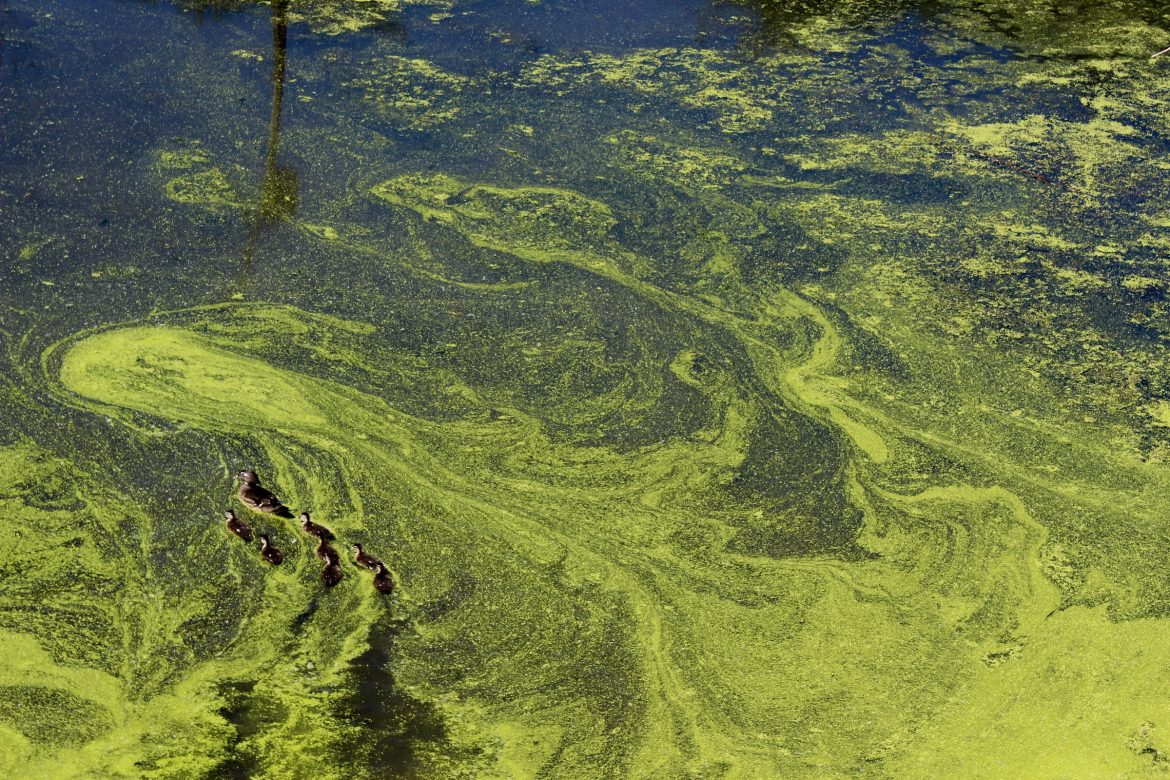The Urban Shift: Costa Rica’s Changing Landscape
In the heart of Central America, Costa Rica’s transformation over the last four decades isn’t just about bustling cities and urban sprawl. It’s a story of disappearing green spaces and a silent but significant change beneath the ground. According to a study led by Ricardo Sánchez-Murillo, associate professor of earth and environmental sciences at the University of Texas at Arlington, this urbanization is brewing a not-so-pleasant concoction in the country’s drinking water: heightened nitrate levels.
From Forests to Faucets: Tracing Costa Rica’s Nitrate Trail
Published in the journal JGR Biogeosciences, Sánchez-Murillo’s study, in collaboration with Costa Rican scientists, presents a water-tale that started in the 1980s. Researchers analyzed samples from springs, wells, rivers, and even wastewater plants across different topographies. Using nitrate isotopes, a kind of natural barcode, they could trace each sample back to its source. The findings? Mid- and low-elevation areas, now bustling with urban developments, are showing concerning nitrate spikes.
Nitrates: Not Just a Rural Concern
Nitrates, while naturally occurring in tropical forest soils, are also the byproducts of human interventions – think fertilizers, sewage systems, and animal waste from commercial setups. When these levels hike up, they don’t just throw an environmental tantrum; they pose serious health risks. Excessive nitrate exposure can wreak havoc on the body, from disrupting blood oxygen transport to causing headaches and even stomach cramps.
The Costa Rican Water Woes: A Numbers Game
In Costa Rica, like in many parts of the world, the safe limit for nitrate in drinking water is pegged at 10 milligrams per liter. Beyond this, it’s an alarm zone, stretching up to 50 milligrams. However, the study reveals a staggering figure: some urban areas in Costa Rica are clocking in more than 70 milligrams per liter. What’s more, the study points out a shift in nitrate origin over the past three decades, now predominantly from sewage.
Urbanization’s Price Tag: Health and Environment at Stake
While economic growth often walks hand-in-hand with urbanization, Sánchez-Murillo’s study highlights the unseen cost: mounting pressure on resources, including water and air pollution. Only a few areas may currently face dangerous nitrate levels, but these findings ring alarm bells for immediate action. It’s not just about infrastructure but also about individual responsibility, like ensuring septic systems are leak-proof.
The Road Ahead: Balancing Development and Environmental Health
Costa Rica’s journey into urbanization serves as a cautionary tale about the delicate balance between development and environmental health. Local citizens and authorities must join forces, investing in robust waste management and water treatment systems. It’s a call to action for not just Costa Rica but for nations worldwide grappling with the environmental impacts of urban growth.


1 comment
[…] Source link […]